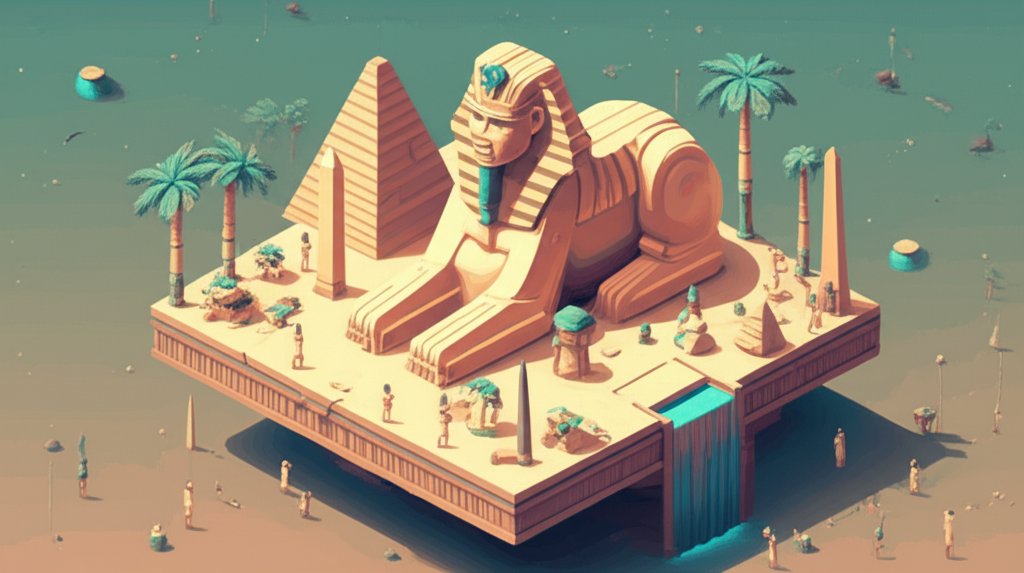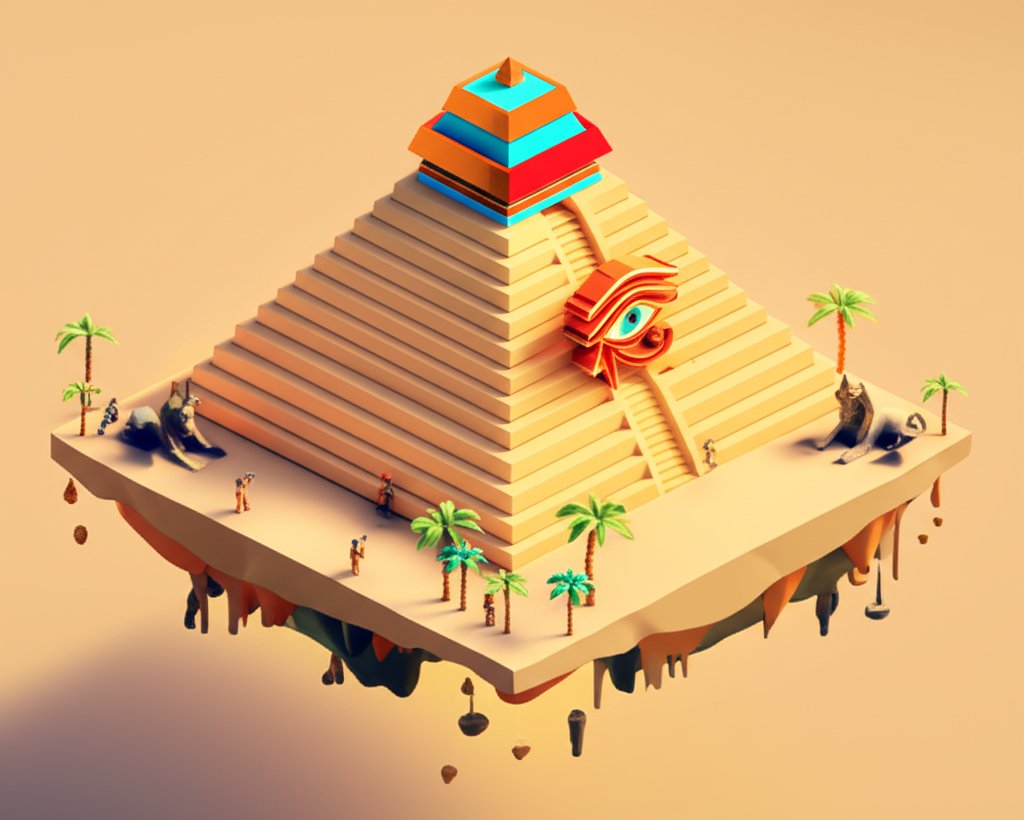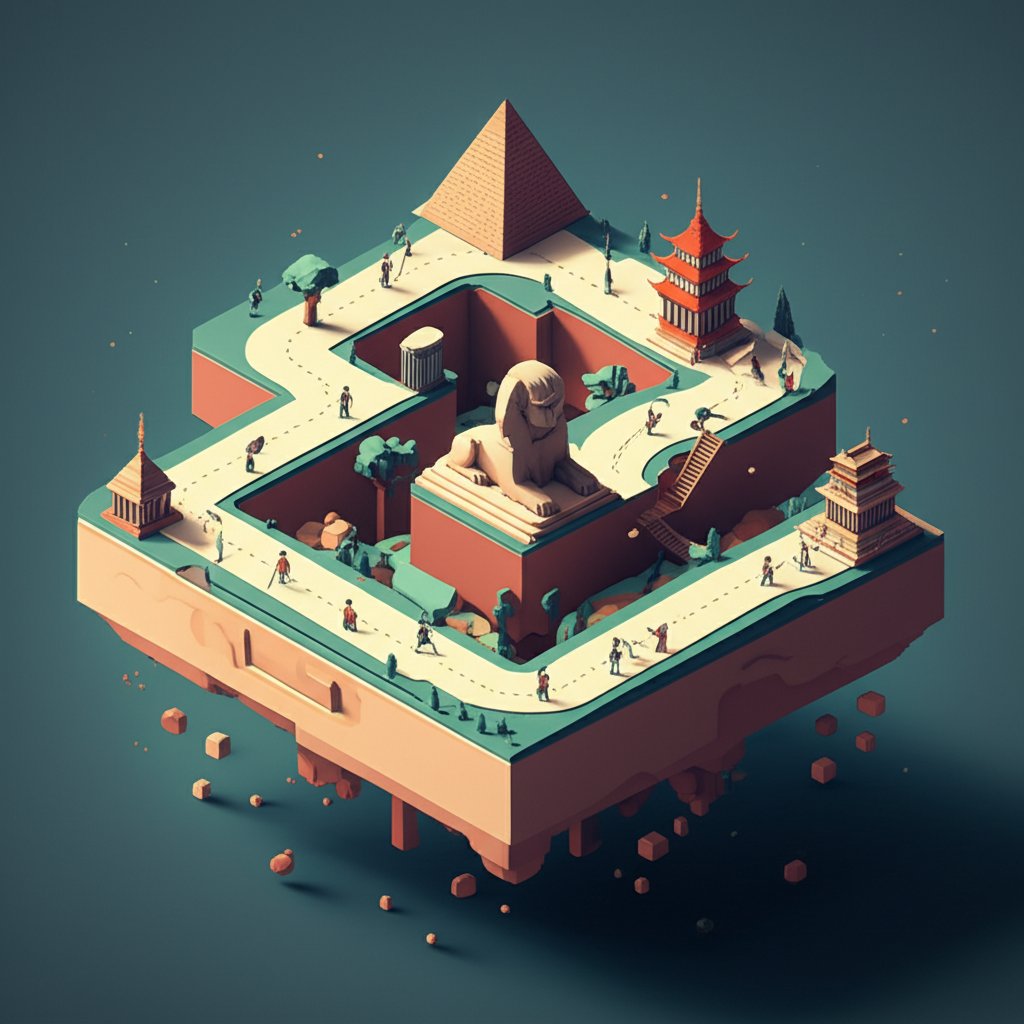Ancient history, a tapestry woven with threads of innovation, conflict, and cultural exchange, offers invaluable insights into the foundations of our modern world. From the dawn of humanity to the cusp of the Middle Ages, civilizations rose and fell, leaving behind legacies that continue to shape our societies, governments, and artistic expressions. This comprehensive timeline serves as a roadmap through this vast expanse of time, highlighting pivotal moments, influential figures, and transformative developments that defined the ancient world. Embark on a journey through the ages, exploring the advancements of early humans, the grandeur of ancient empires, and the enduring impact of classical thought. This is your guide to navigating the fascinating narrative of ancient history.
The Primordial Dawn: Prehistory (c. 3 Million BCE – 3000 BCE)
The story of humanity begins long before written records, in the era we call prehistory. This immense period, spanning millions of years, witnessed the gradual evolution of our ancestors from early hominids to the emergence of Homo sapiens. Understanding prehistory provides a crucial context for the subsequent development of civilizations.
The Paleolithic Era: The Old Stone Age (c. 3 Million BCE – 10,000 BCE)
The Paleolithic Era, or Old Stone Age, is defined by the use of rudimentary stone tools. Early humans, including Homo habilis and Homo erectus, were hunter-gatherers, relying on foraging and hunting for survival. They lived in small, nomadic groups, adapting to diverse environments. Key developments included the control of fire, which provided warmth, protection, and a means of cooking food. The earliest forms of art, such as cave paintings, also emerged during this period, offering glimpses into the cognitive abilities and symbolic thinking of early humans.
The Mesolithic Era: A Transitional Phase (c. 10,000 BCE – 8000 BCE)
The Mesolithic Era, or Middle Stone Age, represents a transitional phase between the Paleolithic and Neolithic eras. As the Ice Age ended, climates warmed, and environments changed. Humans adapted by developing more sophisticated tools, such as bows and arrows, and by exploiting a wider range of food resources, including fish and small game. Semi-permanent settlements began to appear, suggesting a shift towards a more sedentary lifestyle.
The Neolithic Era: The Agricultural Revolution (c. 8000 BCE – 3000 BCE)
The Neolithic Era, or New Stone Age, marks a profound turning point in human history: the development of agriculture. The domestication of plants and animals allowed humans to produce their own food, leading to settled communities, increased population densities, and the emergence of villages. The invention of pottery and weaving provided new ways to store food and create clothing. This “Neolithic Revolution” laid the foundation for the development of complex societies and civilizations.
The Bronze Age: An Era of Innovation and Urbanization (c. 3000 BCE – 1200 BCE)

The Bronze Age ushered in a new era of technological advancement with the discovery of bronze, an alloy of copper and tin. Bronze tools and weapons were stronger and more durable than their stone counterparts, leading to significant changes in warfare, agriculture, and craft production. This period also witnessed the rise of the first urban centers and complex political organizations.
Early Bronze Age: The Dawn of Civilization (c. 3000 BCE – 2000 BCE)
The Early Bronze Age saw the emergence of the first true civilizations in Mesopotamia (modern-day Iraq) and Egypt. The Sumerians in Mesopotamia developed cuneiform writing, complex irrigation systems, and sophisticated systems of law and governance. In Egypt, the pharaohs ruled over a unified kingdom, building monumental pyramids and developing a complex religious system. These early civilizations laid the groundwork for future empires.
Middle Bronze Age: Empires and Trade (c. 2000 BCE – 1600 BCE)
The Middle Bronze Age witnessed the rise of powerful city-states and empires, such as the Babylonian Empire in Mesopotamia and the Minoan civilization on the island of Crete. Trade networks expanded, connecting different regions and cultures. The Code of Hammurabi, a comprehensive legal code, was developed in Babylon, reflecting the increasing complexity of Mesopotamian society.
Late Bronze Age: Collapse and Transition (c. 1600 BCE – 1200 BCE)
The Late Bronze Age saw the flourishing of the Mycenaean civilization in Greece, known for their warrior culture and monumental palaces. However, this period also ended in a dramatic collapse, known as the Late Bronze Age Collapse, which affected much of the Near East and Mediterranean world. The causes of this collapse are debated but may have involved climate change, invasions, and internal unrest.
The Iron Age: A New Metal, New Empires (c. 1200 BCE – 500 CE)
The Iron Age marked a shift to the widespread use of iron, which was more abundant and eventually cheaper than bronze. Iron tools and weapons further revolutionized warfare and agriculture, leading to the rise of new empires and the expansion of existing ones.
Early Iron Age: The Rise of Assyria and Others (c. 1200 BCE – 700 BCE)
The Early Iron Age saw the rise of the Assyrian Empire in Mesopotamia, known for its military prowess and its centralized administration. Other significant developments included the development of the Phoenician alphabet, which would later influence the Greek alphabet. This period also saw the emergence of the Kingdom of Israel.
Classical Antiquity: Greece and Rome (c. 700 BCE – 500 CE)
Classical Antiquity represents a pivotal period in ancient history, marked by the rise and fall of the Greek and Roman civilizations. These cultures left an indelible mark on Western civilization, influencing art, architecture, literature, philosophy, law, and politics. A deeper look into unlock ancient history reveals the profound impact of this era.
Ancient Greece: The Cradle of Western Civilization (c. 800 BCE – 146 BCE)

Ancient Greece, a collection of independent city-states, made unparalleled contributions to Western civilization. From democracy to philosophy to theater, the Greeks shaped the intellectual and artistic landscape of the Western world.
Archaic Period: Foundations of the Polis (c. 800 BCE – 500 BCE)
The Archaic Period witnessed the development of the Greek city-states (poleis), such as Athens and Sparta. Each polis was an independent political entity, with its own government, laws, and customs. This period also saw the rise of democracy in Athens, a radical experiment in self-governance.
Classical Period: The Golden Age (c. 500 BCE – 323 BCE)
The Classical Period was the Golden Age of Athens, marked by significant achievements in art, architecture, literature, and philosophy. The Parthenon, a magnificent temple dedicated to the goddess Athena, was built during this time. The plays of Sophocles, Euripides, and Aristophanes were performed in theaters throughout Greece. Philosophers like Socrates, Plato, and Aristotle shaped Western thought, exploring fundamental questions about ethics, politics, and metaphysics.
Hellenistic Period: Alexander’s Legacy (c. 323 BCE – 146 BCE)
The Hellenistic Period began with the conquests of Alexander the Great, who created a vast empire stretching from Greece to India. Alexander’s conquests spread Greek culture and language throughout the Eastern Mediterranean. After Alexander’s death, his empire was divided into several Hellenistic kingdoms, such as the Ptolemaic Kingdom in Egypt and the Seleucid Empire in Asia. These kingdoms blended Greek and local cultures, creating a vibrant Hellenistic civilization. Learn more about uncover ancient arcadia and its role within the larger Hellenistic world.
Ancient Rome: From Republic to Empire (c. 753 BCE – 476 CE)
Ancient Rome, initially a small city-state in Italy, rose to become a vast empire that dominated the Mediterranean world. Roman law, engineering, and military organization had a profound impact on Western civilization.
Roman Kingdom: The Founding of Rome (c. 753 BCE – 509 BCE)
According to legend, Rome was founded in 753 BCE by Romulus and Remus. The Roman Kingdom was ruled by a series of kings, who laid the foundations for Roman society and institutions.
Roman Republic: Expansion and Conflict (c. 509 BCE – 27 BCE)
The Roman Republic was established in 509 BCE, after the overthrow of the last king. The Republic was governed by a senate and elected officials. During the Republic, Rome expanded its power throughout Italy and the Mediterranean, conquering Carthage in the Punic Wars and establishing dominance over Greece and other regions. However, internal conflicts, such as the Social War and the rise of powerful generals like Julius Caesar, eventually led to the decline of the Republic. Uncover the secrets of unveiling ancient roman power through geography.
Roman Empire: Pax Romana and Decline (c. 27 BCE – 476 CE)
The Roman Empire was established in 27 BCE, when Augustus became the first emperor. The early Empire was a period of relative peace and prosperity, known as the Pax Romana. The Empire expanded to its greatest extent under Trajan. However, in later centuries, the Empire faced numerous challenges, including economic problems, political instability, and barbarian invasions. In 395 CE, the Empire was divided into the Western and Eastern Roman Empires. The Western Roman Empire eventually collapsed in 476 CE, marking the traditional end of ancient history.
Rome’s impact is still felt today. For insights into achievements ancient rome and its enduring legacy, further research is invaluable. To understand their construction projects, one needs to unlock ancient secrets related to their measurement systems. The aesthetics of the era are showcased in every unveiling drawing ancient, revealing the artistic innovations.
Late Antiquity: Transformation and Transition (c. 250 CE – 700 CE)
Late Antiquity represents a period of transition between the classical world and the Middle Ages. The Roman Empire faced numerous challenges, including economic decline, political instability, and barbarian invasions. Christianity rose to become the dominant religion of the Empire.
The Crisis of the Third Century (c. 235 CE – 284 CE)
The Crisis of the Third Century was a period of political instability, economic decline, and military threats to the Roman Empire. Emperors rose and fell rapidly, and the Empire was threatened by internal rebellions and external invasions.
The Dominate: Reorganization and Christianity (c. 284 CE – 476 CE)
The Dominate was a period of reorganization of the Roman Empire under Diocletian and Constantine. Diocletian divided the Empire into eastern and western halves, and Constantine legalized Christianity. Christianity gradually became the dominant religion of the Empire, transforming its cultural and religious landscape.
The Migration Period: The Fall of Rome (c. 300 CE – 700 CE)
The Migration Period was a period of mass migration of various Germanic tribes into the Roman Empire. These migrations contributed to the decline and eventual collapse of the Western Roman Empire.
The Transition to the Middle Ages (c. 500 CE – 1000 CE)
The period from 500 CE to 1000 CE represents the transition from the ancient world to the Middle Ages. New kingdoms emerged in Western Europe, the Byzantine Empire flourished in the East, and Islam spread throughout the Middle East and North Africa.
The Early Middle Ages: New Kingdoms and Empires (c. 500 CE – 1000 CE)
The Early Middle Ages saw the emergence of new kingdoms in Western Europe, such as the Frankish Kingdom, which eventually became the Carolingian Empire. The Byzantine Empire, the eastern half of the Roman Empire, continued to thrive, preserving Roman traditions and culture. Islam, founded in the 7th century CE, spread rapidly throughout the Middle East and North Africa, creating a new cultural and political force.
Legacy and Influence: The Enduring Impact of the Ancient World
The ancient world left an enduring legacy on Western civilization and beyond. From democracy to philosophy to art and architecture, the achievements of the ancient Greeks and Romans continue to inspire and influence us today. By studying ancient history, we can gain a deeper understanding of our own world and the forces that have shaped human civilization. By understanding discover turning points in history, we can learn from past civilizations and apply them to future endeavors.
This comprehensive timeline offers a glimpse into the vast and fascinating world of ancient history. Each period and civilization deserves further exploration, and there are countless resources available to deepen your knowledge. The ancient world continues to captivate and inspire us, offering valuable lessons about human nature, the rise and fall of empires, and the enduring power of culture and ideas.
Frequently Asked Questions (FAQ)
Q: What is considered ancient history?
A: Ancient history typically refers to the period from the beginning of recorded human history (around 3000 BCE) to the fall of the Western Roman Empire (476 CE), or sometimes extending to the rise of Islam in the 7th century CE.
Q: Why is it important to study ancient history?
A: Studying ancient history provides insights into the origins of our societies, political systems, philosophies, and artistic traditions. It helps us understand the long-term processes that have shaped the world we live in today.
Q: What are some of the key civilizations in ancient history?
A: Some of the key civilizations include Mesopotamia (Sumer, Babylon, Assyria), Ancient Egypt, Ancient Greece, and Ancient Rome.
Q: What is the difference between prehistory and ancient history?
A: Prehistory refers to the period before written records, while ancient history refers to the period after the development of writing.
The journey through ancient history reveals the intricate connections between past and present. Understanding this period allows us to appreciate the foundations upon which our modern world is built. Further exploration into the vast libraries and archeological discoveries will undoubtedly continue to enrich our ancient history knowledge.










